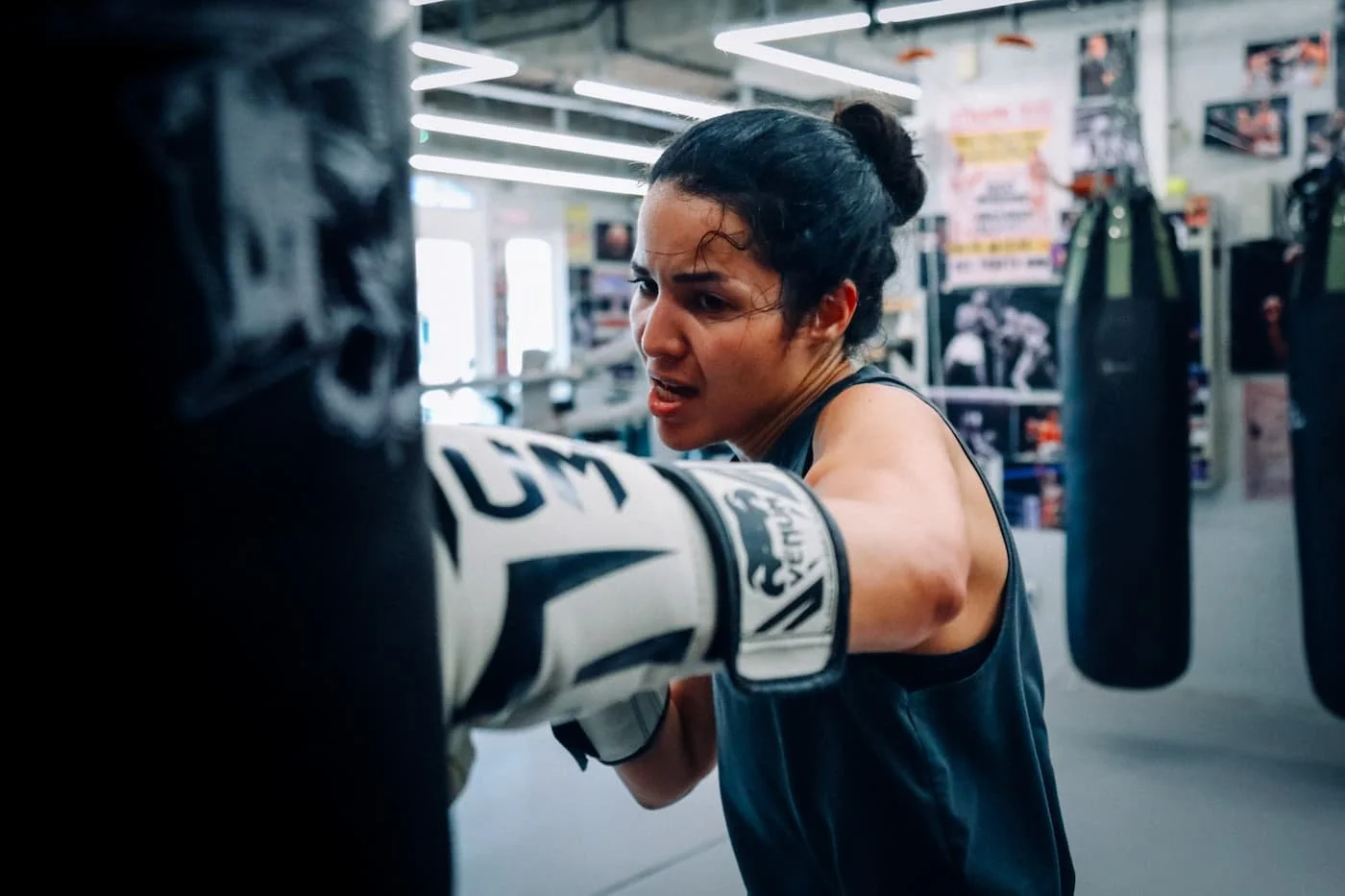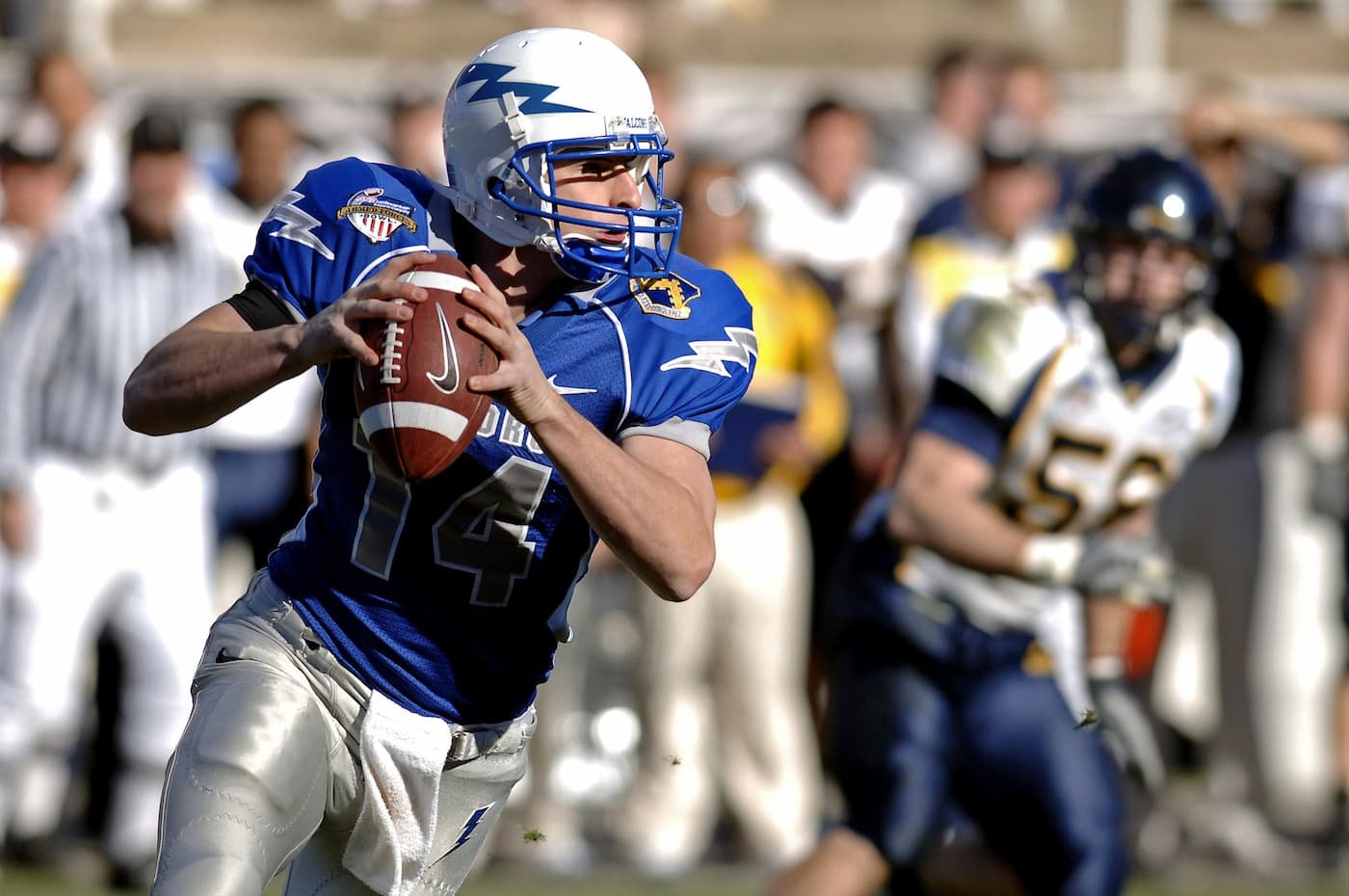Shoulder Dislocation in Martial Arts
Medically reviewed by Dr Bryan Wang ✅
Be it for self-defence, training one’s discipline or simply maintaining fitness, martial arts is a popular choice among youths today. However, nothing is worse than coming to terms with being sidelined by injury. Knowing how to take care of one’s body is essential in maintaining a healthy relationship with martial arts.
Depending on the amount of contact present in your martial arts discipline, shoulder dislocations can be fairly common – especially due to joint manipulation techniques present in certain martial art forms. The shoulder is known to be an inherently unstable joint due to it being a ball socket joint.
One Championship Boxer Lisa Bechina
What Causes Shoulder Dislocations?
“The shoulder is actually the most mobile joint in the body. So it's very susceptible to getting dislocations as compared to other joints in the body,” said Dr Bryan Wang of Beacon Orthopaedics.
“Genetic factors are also in play when it comes to dislocations. For example, younger patients tend to be at increased risk of shoulder dislocations as opposed to someone who's a bit older because they tend to have a bit more of ligaments laxity.”
Generalised ligamentous laxity, a condition involving the hypermobility of joints – more than the common person – occurs in ten percent of the world’s population and can also be a congenital condition.
Due to the condition putting those at its mercy at greater risk of dislocations, it is an important predisposing factor for acute or chronic shoulder injuries in sportspeople. Environmental factors also play a role in the risk levels of shoulder dislocations, in particular, those who compete in contact sports.
“Our patients who often suffer shoulder dislocations usually compete in full contact sports like rugby. Martial art forms that include full contact and sparring such as jiu jitsu are more at risk than those without much contact,” shared Dr Bryan.
“Many times, shoulder dislocations occur when the shoulder is in a position of inherent instability, which is when the shoulders are above and out. That tends to happen whenever there is contact.”
The rotator cuffs are also a primary part of the shoulder, and can be commonly hurt if not taking proper precaution when it comes to training and load intensity. It is a group of four muscles that helps move the shoulder and can be injured either due to repetitive loading or an acute event. This can lead to an inflammation of the tendinitis and even shoulder dislocations.
Diagnosing Shoulder Dislocations
Intense pain and a loss of control over the shoulder are two telltale signs of a dislocated shoulder. The limited range of motion of the injured shoulder as compared to the other is also an indicator of the ball being out of its socket.
“The first thing that one should do is to move to a safe location. If either the patient or their training partner has some experience with reducing a shoulder dislocation, they can attempt to,” advised Dr Bryan.
“However, if you are unable to reduce the shoulder after one or two tries, it is highly recommended that you stop as it can cause further injury to the shoulder. Call for an ambulance to bring the patient to the hospital to get assessed by the doctor and to get it reduced under sedation.”
Expected Downtime from Shoulder Dislocations
Once the shoulder is back in its place, a fairly long road of scans and rehabilitation lies ahead. For the next following weeks, the shoulder will have to be immobilised using an arm sling while reviews with orthopaedics and shoulder specialist have to be arranged to assess for further damage such as labrum tears.
Collaborative discussions with surgeons will be essential in managing the injury and ensuring a second dislocation does not occur.
“Patients who participate in very active contact sports such as martial arts, basketball, rugby are certainly at an increased risk of developing a recurrence dislocation. Usually at Beacon Orthopaedics, we manage patients with first time dislocations non-operatively. We then arrange for them to see the physiotherapist to strengthen their rotator cuff muscles and deltoid muscles,” shared Dr Wang.
“In the heat of sparring, it is not always possible to avoid injuries. However, if you have previously suffered a shoulder dislocation, you might need to try taking special precautions to prevent putting the shoulder in a risky position.”
Shoulder Injury Precautions
One such precaution comes in the form of a stretchy, coloured tape – not just any tape – but elastic therapeutic tape. Widely known as kinesiology tape, amateur and elite athletes alike find solace in using these strategically placed strips which can help in the recovery and nursing of nagging injuries.
“I will say that tapes will not rule out another dislocation because whenever there's a history of dislocation, there is already structural damage within the shoulder joint itself. There's very often a labral tear in the socket. There may also be some bony deformities which could make dislocating your shoulder again much easier,” explained Dr Wang.
“The tapes do provide secondary stabilisation to the shoulder joint. It also gives the person some peace of mind and nudges them to try to limit their shoulder’s range of motion.”
This article is written in collaboration with SportPlus Media.


